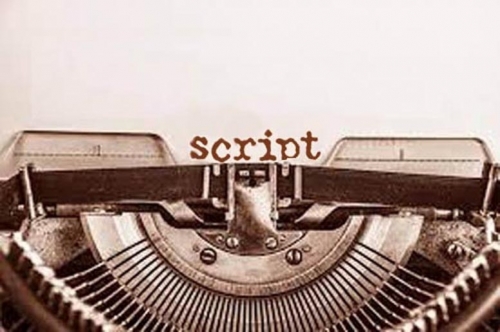Posted on the right is a screenwriter’s view of the Hollywood dream factory and how the movie studios grapple (or not) with the avalanche of stories, both solicited and unsolicited, that come pouring through their mail slots daily. It is the view that could only be written by an insider – and it was; the column was penned by Robert Lord (1900 – 1976) who’s abilities as a screenwriter contributed to as many as 71 films between 1925 though 1940. He was a warded an Academy Award for the best original screenplay in 1933:
“Each major studio has an elaborate reading department to cope with this illimitable ocean of story material… They come and never cease coming, from all parts of the world by every known means of transmission including Pony Express… Pallid, neurotic, harassed and over-driven men and women called ‘readers’ sit, day in and day out, in small cubicles reading the billions of words on millions of sheets of paper…”
KEY WORDS: 1935 Hollywood screenplay development,hollywood screenwriter reveals how studio script development takes place,script readers in 1935 Hollywood,












































